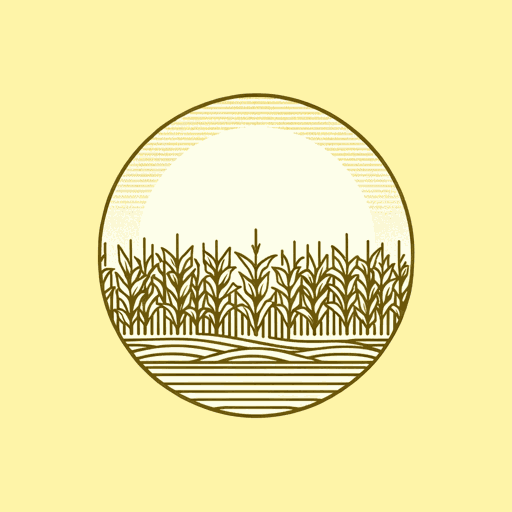36 pages • 1 hour read
Stephen KingChildren of the Corn
Fiction | Short Story | Adult | Published in 1977A modern alternative to SparkNotes and CliffsNotes, SuperSummary offers high-quality Study Guides with detailed chapter summaries and analysis of major themes, characters, and more.
Summary and Study Guide
Summary: “Children of the Corn”
“Children of the Corn,” by American horror author Stephen King, is a short story that first appeared in the March 1977 issue of Penthouse magazine and later became a part of his short story collection Night Shift, published in 1978. “Children of the Corn” follows the perspective of Burt and Vicky Robeson, a couple attempting to save their marriage by taking a cross-country road trip together. But their journey takes a frightening turn when a young boy runs into their car. Initially fearing that they have taken a child’s life, Burt and Vicky devolve into a spiral of guilt, blame, and accusations until they begin to suspect that something more sinister harmed the little boy first.
This guide references the 1978 Doubleday & Company edition of Night Shift. Citations refer to page numbers in this edition.
Content Warning: The source material contains graphic violence, death, horror themes, and domestic violence, and these are referenced in this guide.
“Children of the Corn” employs a third-person limited point of view and primarily engages with the thoughts and feelings of Burt Robeson, a veteran who is struggling with his marriage to his wife, a former prom queen married “right out of high school” (259). The opening lines reflect Burt’s desperation to avoid another argument with Vicky and his weariness with the constant bickering that characterizes his marriage. In fact, Burt is so exhausted that he compares the road trip and his efforts to connect with Vicky to his time as a medic in the army, attempting to save villages that were under attack. He fantasizes about hitting Vicky across the face.
The couple endures several miles full of verbal snipes at each other. Burt turns up the radio so that he won’t have to hear Vicky, and Vicky wants them to stop for lunch so that they can talk properly. Eventually, Burt takes his eyes off the road long enough to look Vicky in the eyes when he tells her that he wants to turn the car around, give up on trying to fix their marriage, and call a divorce lawyer. That’s when they feel a sickening jolt as something hits the car and they slowly begin to accept that Burt has hit more than an animal.
As Burt and Vicky leave the car to investigate, they find that the car has hit a person. Vicky stumbles off to where the body lies in the road. Burt stays calm and tries to reassure himself that it was just an accident, manslaughter at worst. He takes in their surroundings, noting that on this random road in the middle of Nebraska, they are miles away from civilization. There is no town, no other people around, but they are surrounded by corn on every side—corn that strikes Burt as oddly lustrous before he realizes that the corn is covered in blood that trails back through the field, and there is a bloodstained suitcase that the dead person has dropped. Vicky is standing over the body. She is panicking, laughing and crying hysterically. Burt realizes that he hates Vicky and no longer wants to be married to her. He slaps her across the face and she stops crying.
He shows her the suitcase, and they look at the outside of it together. It is tied closed. Forcing himself to examine the body more closely, Burt realizes that he hit a young boy and that running into his car wasn’t the only fatal injury the boy sustained. His throat was cut deliberately, and he was carrying a suitcase that he dropped while fleeing through the corn and running into the road. Judging by the wound and the amount of blood the boy had lost, Burt surmises that “if the boy had still been alive when the car hit him, his life had been cut short by thirty seconds at most” (261). Realizing that a violent crime has been committed, Burt is concerned that the murderer is still nearby. He has an eerie sense of being watched from across the expanse of corn. He tells Vicky to fetch his rifle and a blanket from the car. They wrap the body in the blanket and lift it into the trunk of the car, intending to drive to the nearest police station and get help. Again, Burt feels watched and sees himself and Vicky from an attacker’s perspective, two people on a deserted road, and imagines being dragged into the corn and having his throat cut.
They head toward a small town called Gatlin, the nearest place marked on the map, and Burt has an unnerving experience with a Christian sermon on the radio. While a preacher delivers a scathing message denouncing the “sins” of covetousness, infidelity, and homosexuality, Burt hears an addendum that goes unnoticed by Vicky: “The Lord has said there’s many mansions in his house. But there’s no room for the defiler of the corn” (263). Burt notes that the preacher sounds oddly young. Burt questions whether Vicky heard the same thing and feels a flash of paranoia that his guilt over hitting the boy may be causing him to experience auditory hallucinations. Vicky didn’t hear the preacher’s rant about the corn; she has been trying to open the boy’s suitcase.
The radio sermon has conjured unpleasant memories from Vicky’s strict religious upbringing. As a result of her childhood experiences, she is now strongly anti-religious. Vicky muses that she considers Christianity to be a toxic and insidious belief system. Reflecting on her memories of evangelical revivals she was forced to attend as a child, Vicky says that many young children were forced to participate as well as attend, with some being forced to sing, preach, and even pretend that they could work miracles or heal the sick. Arguing that Christianity is used to control and manipulate children, Vicky calls it a monstrous and cynical trap: “They like to get hold of them when their minds are still rubber. They know how to put all the emotional checks and balances in” (264). Vicky manages to open the suitcase and tells Burt what she finds inside as he drives. She pulls something out of the suitcase and falls silent. He pulls over to take a better look, and they examine the object together: It’s a corn doll made in the shape of a figure on a crucifix. Vicky tells him to throw it out but won’t give a reason. Burt insists they should keep everything as evidence and puts it back in the suitcase.
As they approach Gatlin, Burt feels a sense of dread he doesn’t understand. The outskirts seem abandoned, and they pass a series of billboards with exhortations in evangelical Christian style, which Vicky laughs at. As they drive further into town, they see no sign of life except a stray dog. Burt thinks maybe this is just what remote small towns are like. Vicky tells Burt to stop and turn around: She wants them to go to a different town instead. When Burt asks why, she points out that the town is deserted. The prices listed outside businesses haven’t been that low anywhere in the country for over four years. Burt counters that it would seem suspicious of them to wait until they reach a bigger town; he’s convinced that there must be a municipal building or a police station in Gatlin and that it makes more sense to leave the boy’s body there. Vicky adamantly disagrees, and they argue. Burt refuses to leave Gatlin and drives on to the center, ignoring her.
He pulls up and starts to get out of the car. Vicky tries to stop him. She doesn’t want to be left in the car alone, so she reluctantly gets out too. For a moment, they hear children’s laughter from a distance but no other sounds. They walk into a diner and find it abandoned and neglected. They both feel something’s wrong, but Burt insists on trying to find someone. Vicky tells him he’s crazy, and they start to argue again. They drive on and find a church that looks well-kept. Vicky refuses to get out and says she’ll drive off if he’s not back in five minutes. Burt snatches her keys and leaves Vicky behind in the car, crying and terrified, as he goes off to find help. Although he can’t find a police officer—or any other people at all—Burt stumbles upon what seems to be an abandoned Baptist church.
As Burt explores the church, he encounters increasingly creepy signs of desecration that hint at what might have happened here. The organ has been destroyed—keys ripped up, foot pedals yanked out—and a sign has been placed over the damage: “MAKE NO MUSIC EXCEPT WITH HUMAN TONGUE THUS SAITH THE LORD GOD” (274). Entire sections of the Bible have been chopped out, and a portrait of Christ has been altered so that Jesus has green hair made of corn. Burt’s growing feeling of unease escalates when he finds another book full of birth dates, death dates, and name changes that indicate that the children of the town have adopted strictly biblical names and all died on their 19th birthdays.
Burt begins to suspect that the children of Gatlin have formed some kind of twisted religious cult and are killing each other, along with all the other inhabitants of the town. However, although he’s tempted to go back to the car and tell Vicky she was right, his pride holds him back. After fighting for so long, Burt doesn’t want to be the one who gives in, so he decides to wait a little longer and keep exploring the church.
But by the time he decides he’s ready to tell Vicky what he’s discovered, the children have surrounded Vicky and are attempting to break into the car and kill her. Burt attempts to fight them off but is wounded in the process and loses consciousness from his wounds. When Burt reawakens, he finds that Vicky has been murdered, and the children are now converging on him with knives and pitchforks. In a desperate attempt to outrun his attackers, Burt flees into the corn. Just as he becomes convinced he’s safe, Burt stumbles into a clearing in the cornfield.
The earth around him is completely bare, devoid of flies or weeds or any common pests one might expect to find in a cornfield, and he notices that the corn growing around this strange bare circle looks unnaturally bright and healthy. In the middle of the circle, Burt sees Vicky’s corpse mounted on a cross beside two other raised skeletons—those of a policeman and the former pastor of the now-derelict church. As Burt turns to flee, he finds that the circle has closed around him, and he can no longer find a clear path through the corn.
That’s when he notices a demonic figure rising up through the corn and realizes that this must be the entity who drives the children’s violent cult: a figure the children refer to as He Who Walks Behind the Rows. As Burt is murdered by the demon, the children gather around his body, led by a nine-year-old boy named Isaac who has appointed himself as the prophet for the cult. Isaac tells the children that He Who Walks Behind the Rows is not satisfied with only Burt and Vicky as blood sacrifices.
The entity has previously taken the lives of the children on their 19th birthdays, but Isaac announces that the age of sacrifice has now been lowered to 18. The story draws to a close as two 18-year-old boys—Joseph and Malachi—walk deep into the corn and disappear. Another of the cult members, Ruth, is pregnant with Malachi’s child. She cries as he walks away. Ruth hates the corn and fantasizes about burning it, but she doesn’t dare.
Related Titles
By Stephen King

11.22.63
Stephen King
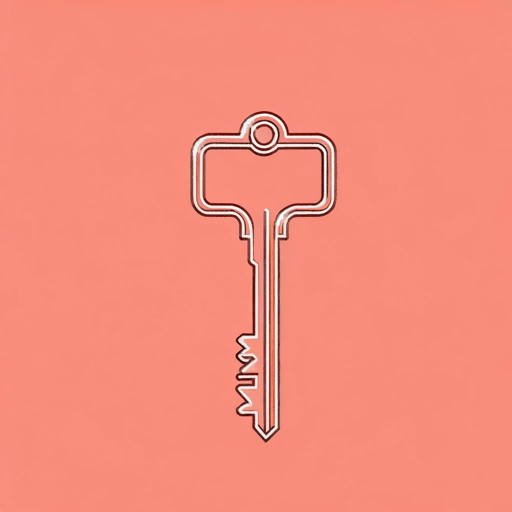
1408
Stephen King

Bag of Bones
Stephen King

Billy Summers
Stephen King
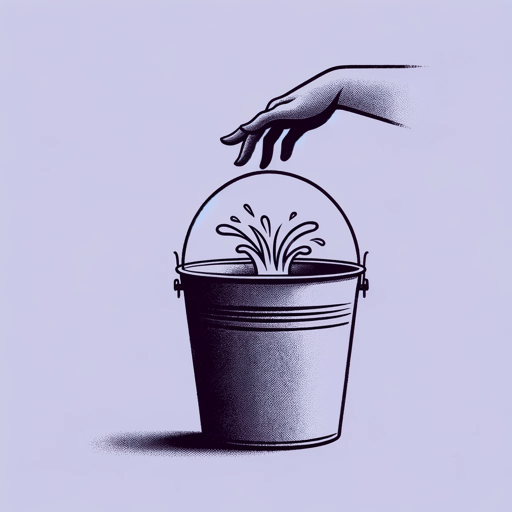
Carrie
Stephen King
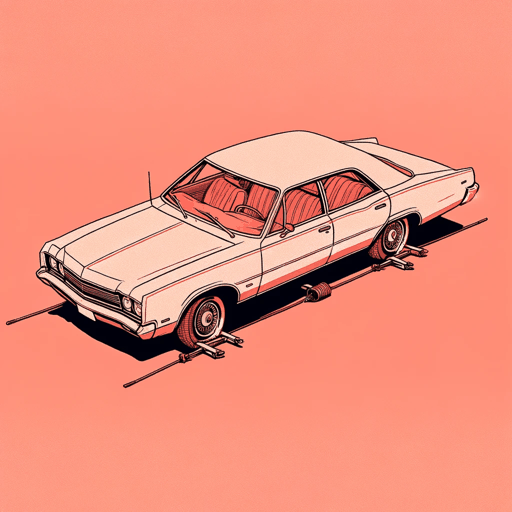
Cujo
Stephen King
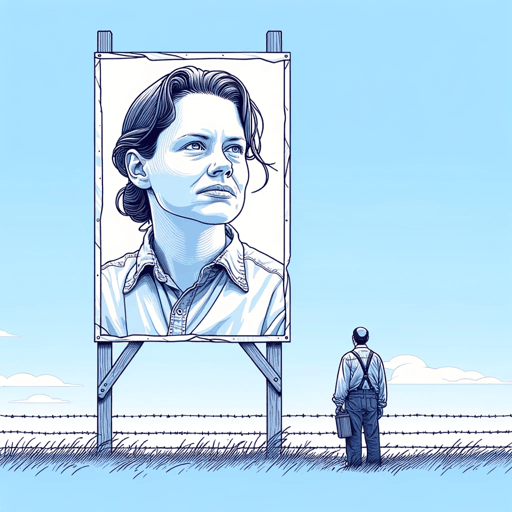
Different Seasons
Stephen King
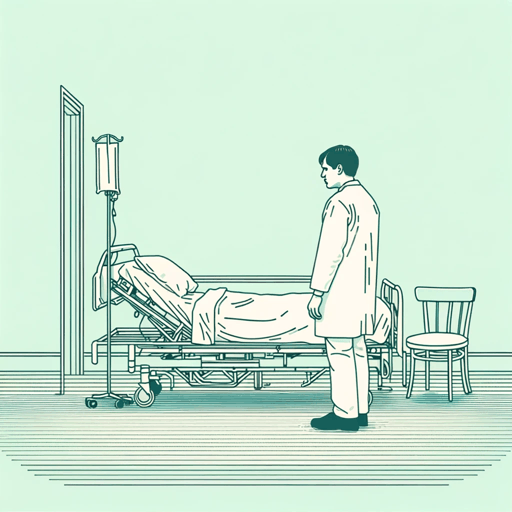
Doctor Sleep
Stephen King
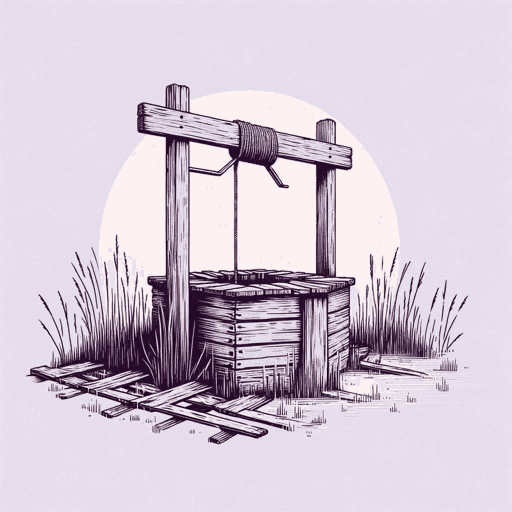
Dolores Claiborne
Stephen King

Duma Key
Stephen King
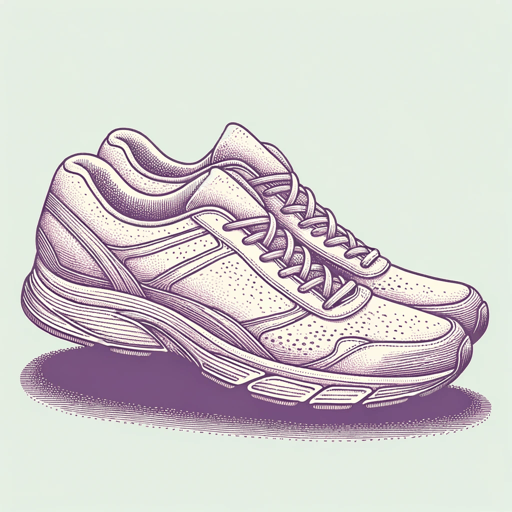
Elevation: A Novel
Stephen King
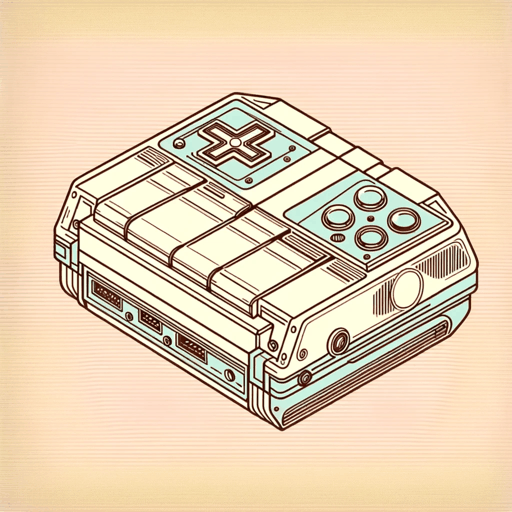
End of Watch
Stephen King
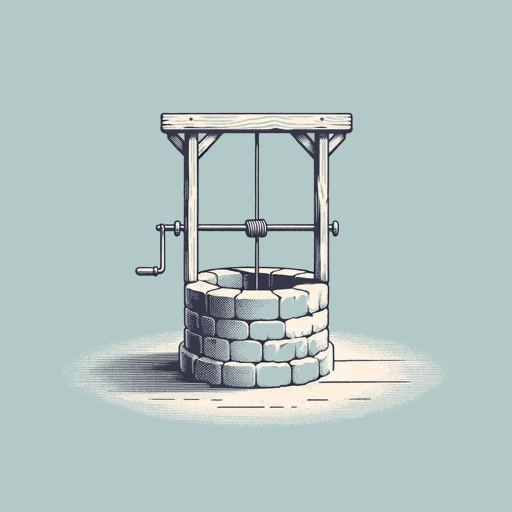
Fairy Tale
Stephen King

Finders Keepers
Stephen King
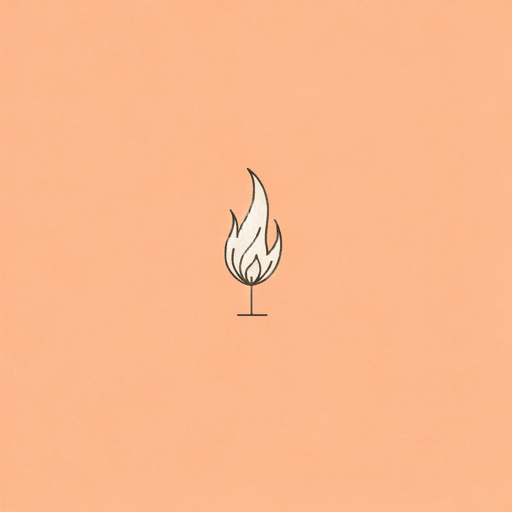
Firestarter
Stephen King

From a Buick 8
Stephen King

Full Dark, No Stars
Stephen King
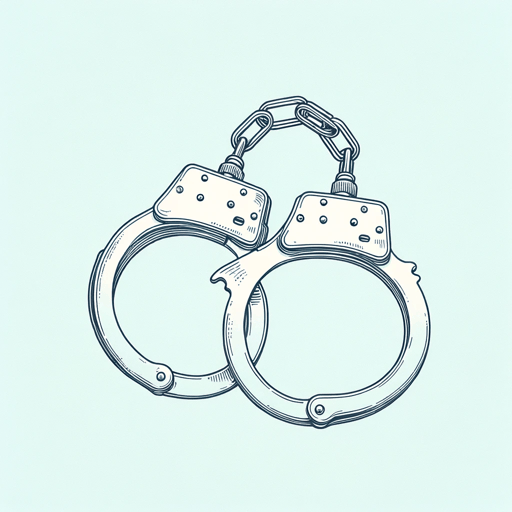
Gerald's Game
Stephen King

Gwendy's Button Box
Stephen King, Richard Chizmar

Holly
Stephen King
